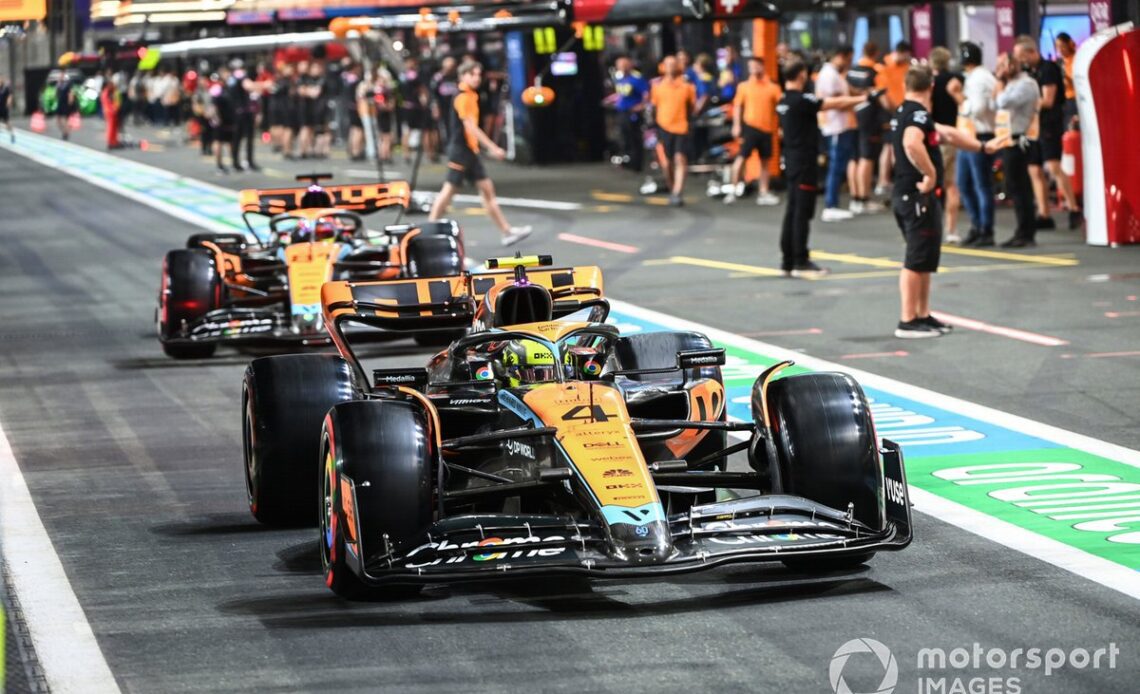It often happens in F1 that lacklustre performance from a new car triggers the departure of the senior technical figures that pulled it together.
But in McLaren’s case, the exit of technical director James Key and the appointment of a new technical executive team has been a long time coming, and the wheels were set in motion weeks before the MCL60 hit the track.
McLaren CEO Zak Brown alluded to as much in a press release announcing the changes on Thursday.
“It has been clear to me for some time that our technical development has not moved at a quick enough pace to match our ambition of returning to the front of the grid,” he said.
“I’m pleased that, having completed a full review with Andrea, we are now able to implement the restructure required to set the wheels in motion to turn this around.”
It is understood that the changes can be traced back to alarm bells going off at McLaren about its situation as long ago as the middle of last year.
But it was team boss Andreas Seidl’s departure last winter, and the promotion of Andrea Stella as a replacement, that triggered the kind of deep review that highlighted the scale of change needed.
Looking at the long-term picture of the team, McLaren’s senior management felt that the lack of progress the team made from 2021 into 2022 highlighted some inherent problems in the way things were being run, which have subsequently been confirmed with its latest car.
Its conclusion was that McLaren had enjoyed a lot of success off the back of the good platform it built from 2019 to 2020.
Lando Norris, McLaren MCL60, Oscar Piastri, McLaren MCL60, in the pit lane
Photo by: Mark Sutton / Motorsport Images
That car was effectively run over two seasons, including an engine switch from Renault to Mercedes, as McLaren battled for podiums and even wins over 2020 and 2021.
However, the good form ultimately disguised weaknesses within its organisation that did not become clear until after the new rules era came in for the start of 2022.
So when that momentum stalled last year, and McLaren appeared to be further back and not really recovering as the season progressed, it prompted deeper debate about its structure.
This included questioning whether having Key as sole technical director was the right approach, and whether they were getting the most out of experienced figures like Peter Prodromou.
With Stella having conducted his belt and braces review of the team, it was agreed that a wider revamp was needed…
Click Here to Read the Full Original Article at Motorsport.com – Formula 1 – Stories…

